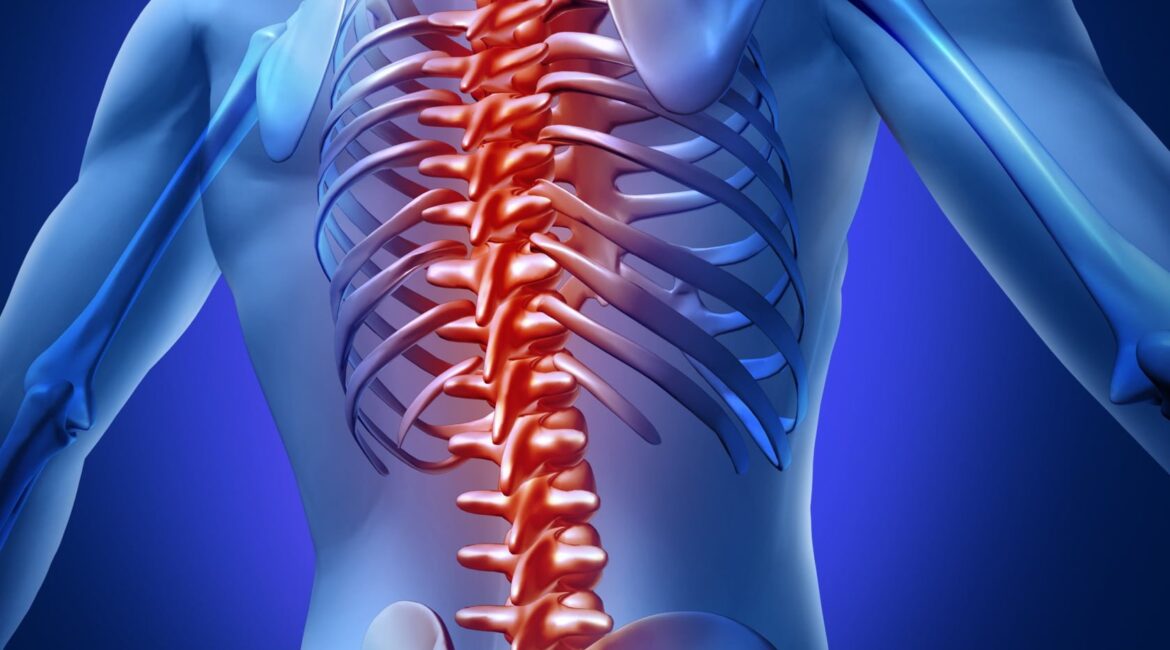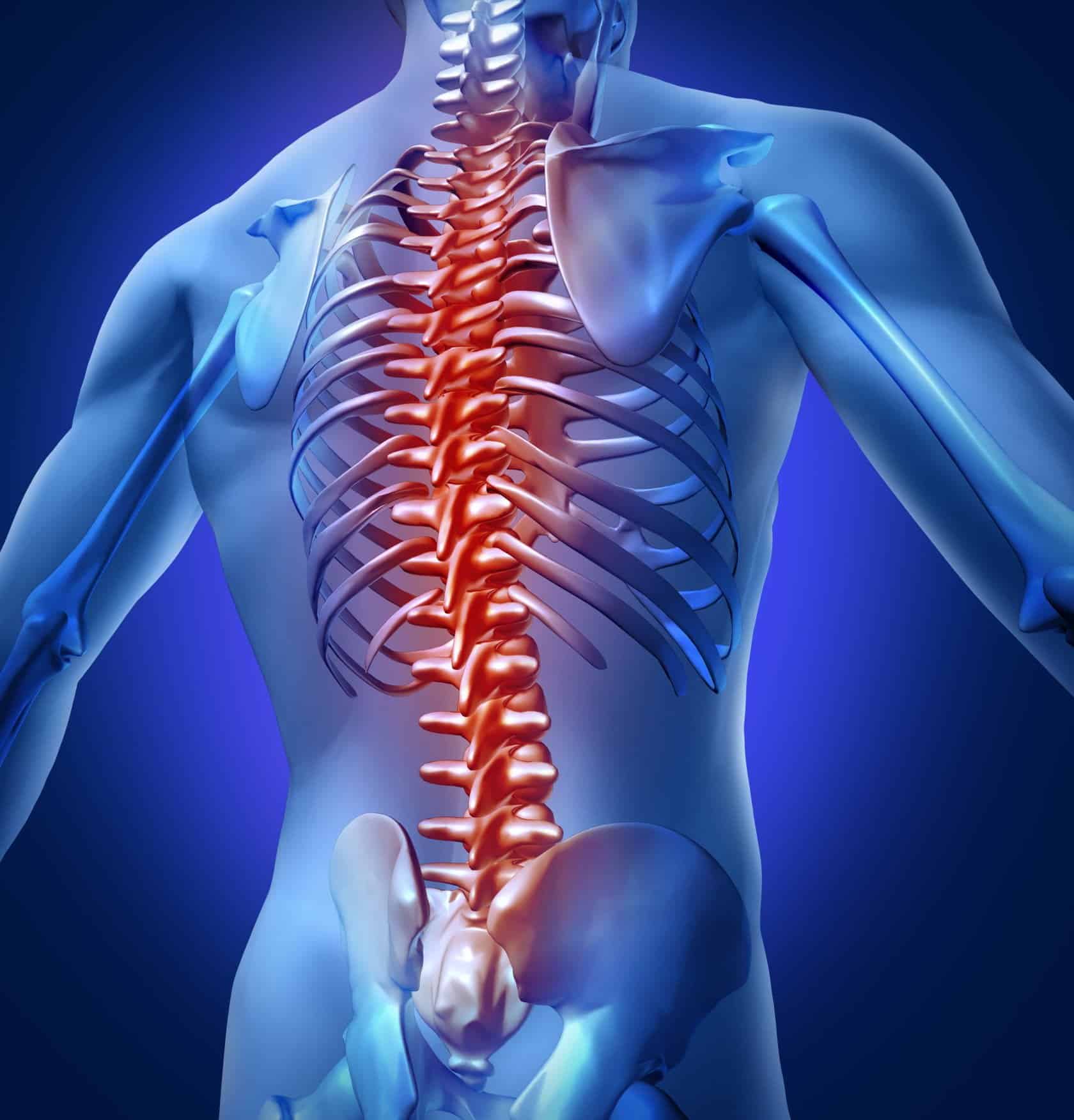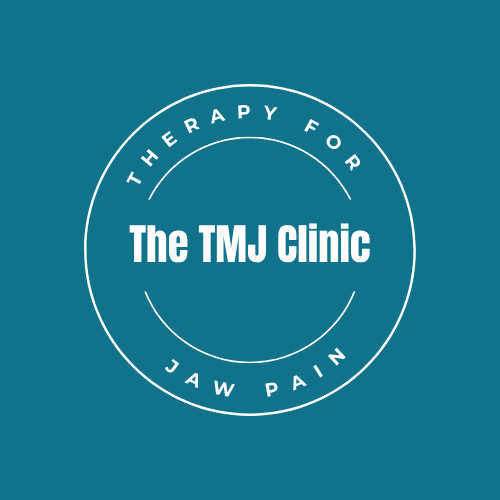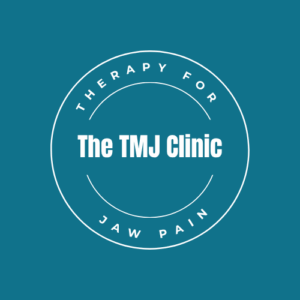

Frequently Asked Questions About Chiropractic Care
In the years I have been in practice I have referred many clients for chiropractic care to compliment their massage treatments. In doing so, I’ve had clients ask many questions in regards to this type of treatment, while others have expressed concerns.Such as, Will it hurt? Is it dangerous? & Do I have to go regularly?
To answer your frequently asked questions and address common concerns, I interviewed my colleague and chiropractor, Dr. Marilyn Cosgrove.
FAQ’s ABOUT CHIROPRACTIC CARE
- What should I expect from my first treatment?
Your chiropractor will take a case history, and then conduct a physical exam (pertaining to the presenting complaint). After this information has been compiled a plan of treatment will be discussed. Some chirtopractors will give a treatment right away, while some prefer to give a treatment on the next visit.
- What conditions/injuries can be treated with chiropractic care?
Chiropractic care primarily deals with problems associated with the musculo-skeletal system often referred to as back pain or neck pain. These problems can manifest in a variety of symptoms such as muscular pains and/or joint pains, to headaches, and to other manifestations.
- Once you receive a treatment is it true that you have to continue to go?
Number of treatments and frequency of treatments depends on your condition.
While sometimes it is better to go on a regular basis, to keep yourself in “shape” it really depends on the prevailing condition and how long you have had it. Sometimes a few treatments are all that is necessary, and you may not need to go until the next time you injure yourself. Other time patients find they prefer to go on a regular basis to prevent more acute or chronic problems.
- Does getting an adjustment hurt? And will I be sore after the treatment?
The majority of time a treatment does not hurt at all, or if so, it should only be for a short time. Often pain relief can be seen in a short period of time or even right away.
- What are the risks with receiving chiropractic care?
Chiropractic is widely recognized as one of the safest drug-free, non-invasive therapies available for the treatment of neuro-musculo-skeletal complaints. Although chiropractic has an excellent safety record, no health treatment is completely free of potential adverse effects. The risks associated with chiropractic, however, are very small. Many patients feel immediate relief following chiropractic treatment, but some may experience mild soreness, stiffness or aching, just as they do after some forms of exercise. Current research shows that if there is minor discomfort or soreness following spinal manipulation it will typically only last for about a day.
- How often should I get adjusted?
A chiropractor may provide acute, chronic, and/or preventive care thus making a certain number of visits sometimes necessary. Your doctor of chiropractic should tell you the extent of treatment recommended and how long you can expect it to last. This can vary depending on your condition.
- What should I look for when selecting a chiropractor?
One of the best ways to select a Chiropractor is by getting a referral from a friend, family member, colleague, or another health care provider, such as a Medical Doctor or a Massage Therapist.
- What are the benefits of chiropractic care?
The benefits of chiropractic care have also been shown to extend beyond reduction of back and neck pain. In fact, chiropractic has proven itself as useful in the reduction of headaches, carpal tunnel syndrome, jaw pain, sciatica, and tingling in the arms and legs. The rewards of chiropractic care are numerous. People under chiropractic care report better health and overall well-being and many families have realized the benefits of chiropractic care for their children.
- What are some myths about chiropractic care?
A common myth is that chiropractic adjustments are dangerous. This is false. Adjustments are safer than most activities patients are involved with on a daily basis. Another myth is that once you go to a chiropractor you’ll always have to go. While regular adjustments are a part of a healthy lifestyle, the choice to continue is yours, just as it is with massage therapy.
- Is chiropractic care appropriate for everyone?
If you have a broken bone, tumors, an acute arthritic flare-up, bone or joint infections, or advanced osteoporosis, you should not have a manipulation in the affected area. Be sure to tell your chiropractor about any physical disabilities you have, or if you experience numbness, tingling, weakness, or other neurological problems. In extremely rare cases, manipulation of the neck has damaged blood vessels or caused strokes. The screening process, however, is designed to detect people at high risk.
- What type of training and education do chiropractors have?
A Chiropractic degree requires about the same number of hours as a medical doctor. Typically training consists of a university degree followed by four years at a recognized Chiropractic College and a clinic internship before licensure. Areas of scientific study include anatomy, neurology, bacteriology, pathology, physiology, biochemistry, pediatrics, geriatrics, spinal biomechanics, orthopedics, X-ray, nutrition, gastrointestinal and genitourinary systems, and infectious diseases. Every chiropractic graduate must pass a national examination and a provincial exam.
- Why are there popping noises with an adjustment?
Adjustment (or manipulation) of a joint may result in the release of a gas bubble between the joints, which makes a popping sound. The same thing occurs when you “crack” your knuckles. The noise is caused by the change of pressure within the joint, which results in gas bubbles being released. There is usually minimal, if any, discomfort involved.
- Is it ok to be seeing both a Chiropractor and a Massage Therapist for any ailments, and if so is it better to get a massage before or after an adjustment?
Certainly, both treatment methodologies complement one another, and the benefits will speed up healing, or your general well-being.
Which one should be administered first really depends on the patient. Massage can be done before a chiropractic adjustment in cases that the person has spastic and tight muscles around the joint to be adjusted. When the muscles are tight, it becomes difficult to adjust the joints because of poor access to the joints. Generally, chiropractors recommend a massage before any chiropractic adjustments in order to relieve tight muscles for a more effective joint adjustment. Those who just started chiropractic adjustments should also undergo massage first before the therapy to reduce pain and discomfort while the adjustments are being done, although chiropractic adjustments are rarely painful.
Some patients benefit from getting a massage after a chiropractic adjustment. Doing this also allows the muscles to be relaxed; thereby sustaining the improved alignment of the joints. Those who frequently need to visit the chiropractor because of recurrent joint problems, find it best to have the massage after the chiropractic treatment in order to allow the joint to hold the alignment better. If you find one way works better for you, then let your health practitioner know and they willed be pleased to accommodate you.
For more information about chiropractic care visit the regulatory College of Chiropractors Ontario http://www.cco.on.ca/english/Members-of-the-Public/



